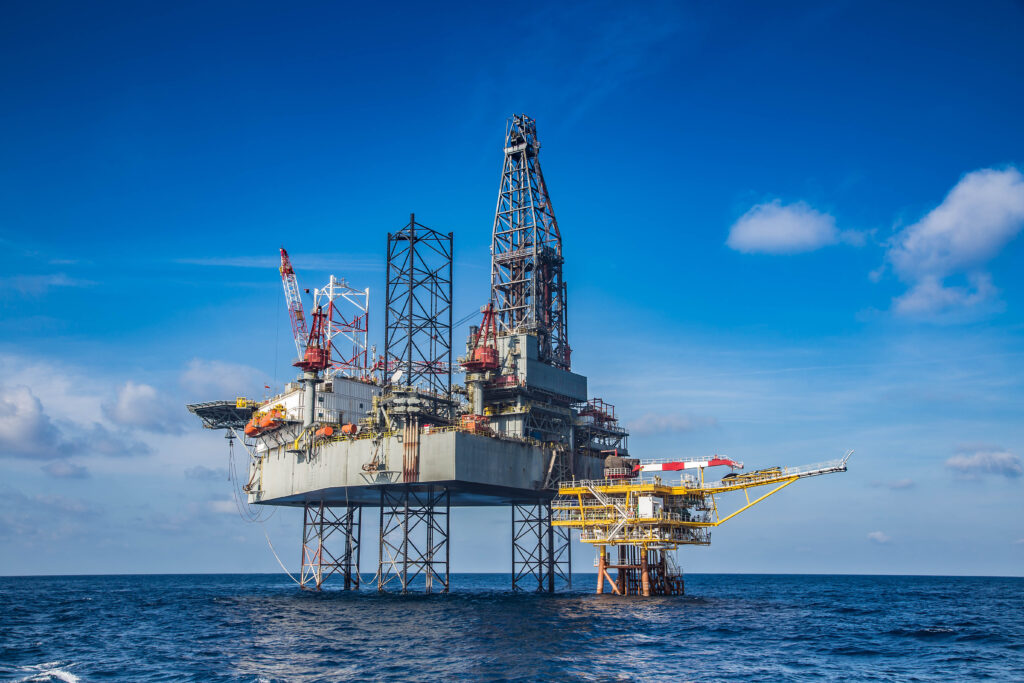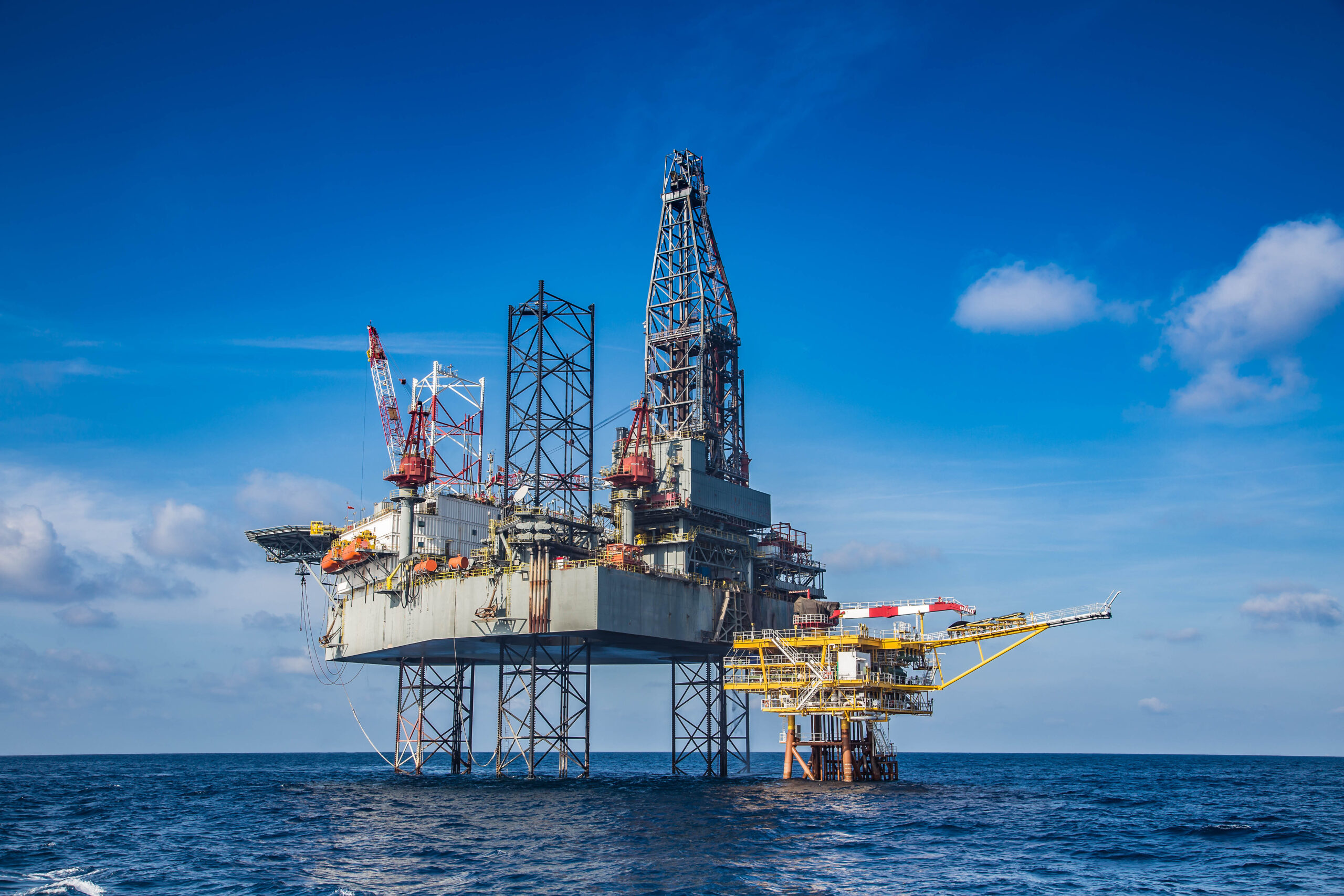
Oil prices could rise to more than $150 a barrel if the conflict in the Middle East escalates, according to the World Bank.
The World Bank came to some significant conclusions regarding the impact of the conflict for the commodity markets. In its new 60-page report the Bank provides a preliminary assessment of the potential near-term implications of the conflict for commodity markets, and it finds that the effects should be limited if the conflict doesn’t widen.
The report outlines what might happen under three risk scenarios based on historical experience since the 1970s.
Under its worst-case scenario, the World Bank said that comparable to the Arab oil embargo in 1973, the global oil supply would shrink by 6 million to 8 million barrels per day. That would drive prices up by 56% to 75% initially to between $140 and $157 a barrel.
The latest conflict in the Middle East has introduced significant uncertainty into commodity markets that have been coping with the effects of an extraordinary series of shocks in recent years.
Although the global economy is in a much better position than it was in the 1970s to cope with a major oil-price shock, an escalation of the latest conflict in the Middle East, which comes on top of disruptions caused by the Russian invasion of Ukraine, could push global commodity markets into uncharted waters, according to the World Bank’s latest commodity markets outlook.
Under the Bank’s baseline forecast, oil prices are expected to average $90 a barrel in the current quarter, before declining to an average of $81 a barrel next year as global economic growth slows.
Overall commodity prices are projected to fall 4.1% next year. Prices of agricultural commodities are expected to decline next year as supplies rise. Prices of base metals are also projected to drop 5% in 2024. Commodity prices are expected to stabilize in 2025.
The conflict’s effects on global commodity markets have been limited until now. Overall oil prices have risen about 6% since the start of the conflict. Prices of agricultural commodities, most metals, and other commodities have barely budged.
Ayhan Kose, the World Bank’s deputy chief economist and director of the Prospects Group, said: “Higher oil prices, if sustained, inevitably mean higher food prices. If a severe oil-price shock materializes, it would push up food price inflation that has already been elevated in many developing countries. At the end of 2022, more than 700 million people, nearly a tenth of the global population, were undernourished. An escalation of the latest conflict would intensify food insecurity, not only within the region but also across the world.”
Indermit Gill, the World Bank’s chief economist and senior vice president for development economics, pointed out that “The latest conflict in the Middle East comes on the heels of the biggest shock to commodity markets since the 1970s, Russia’s war with Ukraine. That had disruptive effects on the global economy that persist to this day. Policymakers will need to be vigilant. If the conflict were to escalate, the global economy would face a dual energy shock for the first time in decades, not just from the war in Ukraine but also from the Middle East.”
The fact that the conflict has so far had only modest impacts on commodity prices may reflect the global economy’s improved ability to absorb oil price shocks.
Policymakers nevertheless need to remain alert, the report says. Some commodities, such as gold are flashing a warning about the outlook. Gold prices have risen about 8% since the onset of the conflict. Gold prices have a unique relationship to geopolitical concerns: they rise in periods of conflict and uncertainty often signalling an erosion of investor confidence.
In accordance with the analysis, if the conflict escalates, policymakers in developing countries will need to take steps to manage a potential increase in headline inflation.



